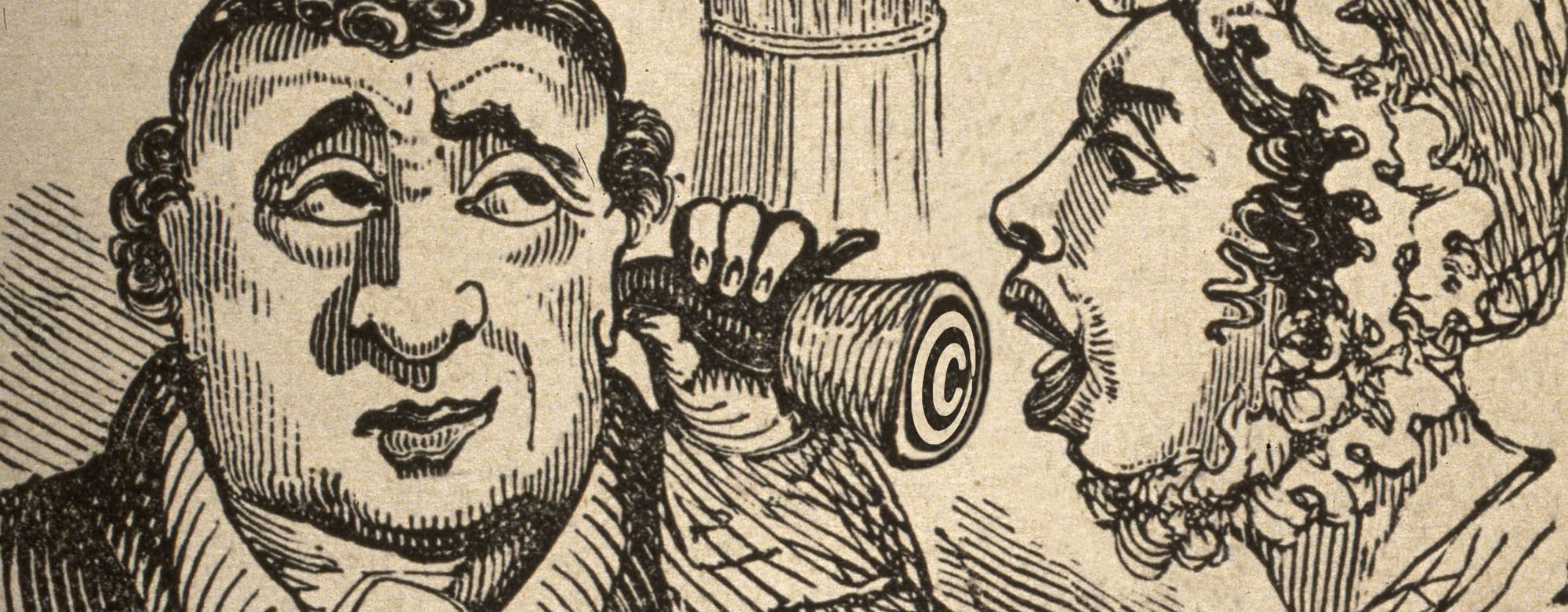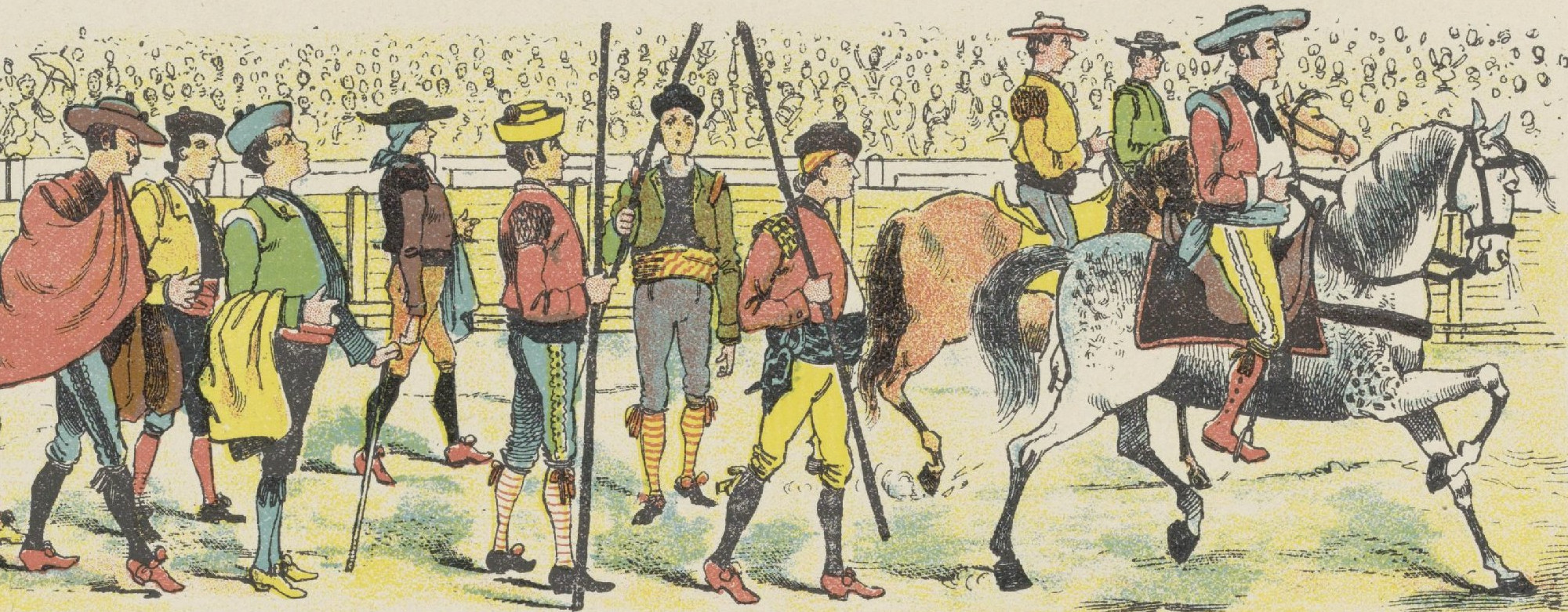Yesterday the European Commission invited COMMUNIA to participate in the “Stakeholder dialogue under Article 17 of the Directive on Copyright in the Digital Single Market” that will kick off in Brussels next week. This invitation comes after we had expressed our interest to participate in response to a call issued by the Commission in September. It is our understanding that COMMUNIA will be one of a small number of civil society participants in the dialogue (the Commission has yet to publish a list of participating organisations).
Stakeholder dialogue to the rescue!
Article 17(10) of the Copyright in the Digital Single Market directive requires the Commission to “organise stakeholder dialogues to discuss best practices for cooperation between online content-sharing service providers and rightholders”. Based on the outcome of these dialogues with “content-sharing service providers, rightholders, users’ organisations and other relevant stakeholders” the Commission is expected to “issue guidance on the application of Article 17” that is supposed to “balance fundamental rights and the use of exceptions and limitations” with the upload filtering obligations introduced by Article 17.
Given that two and a half years of legislative wrangling have failed to produce a balanced (or at least coherent) outcome, it seems rather unlikely that this stakeholder dialogue will be able to achieve such a balance. Still the stakeholder dialogue provides an opportunity to minimise the harm to the freedom of creative expression and the ability for smaller platforms to strive under Article 17. Such an optimistic view of the stakeholder dialogue has been put forward by the German government, which has stated that it
… therefore assumes that this dialogue is based on a spirit of guaranteeing appropriate remuneration for creatives, preventing ‘upload filters’ wherever possible, ensuring freedom of expression and safeguarding user rights. The German Federal Government assumes that uniform implementation throughout the Union will be agreed on in this dialogue, because fragmentary implementation with 27 national variants would not be compatible with the principles of a European Digital Single Market.
Five measures to minimize the harm caused by upload filters
While we have strongly criticised Article 1, mainly because of the filtering obligations it introduces, there are also positive elements in the article. These include mandatory exceptions for quotation and parody, and a number of procedural safeguards intended to ensure that users can exercise the rights they have under these exceptions and limitations.
As part of our contribution to the stakeholder dialogue we will strive to ensure an outcome that minimises the impact and scope of the filtering provisions and that maximises the scope of exceptions and limitations that guarantees meaningful safeguards for users to exercise the rights they have under these exceptions. From our perspective, the following five measures will guide our contribution to the stakeholder dialogue:
- The definition of OCSSPs must be as targeted as possible: The application of the provisions in Article 17 should be as targeted as possible. While the definition of OCSSP in Article 2 of the Directive is quite broad, recital 62 provides an important clarification: the measures introduced in Article 17 “should target only online services that play an important role on the online content market by competing with other online content services, such as online audio and video streaming services, for the same audiences.” By targeting the measures introduced by Article 17 to this narrow class of service providers, the legislator can prevent a lot of unnecessary regulatory burden and legal uncertainty for platforms that are clearly not the intended target of Article 17.
- Obtaining licenses must be as easy as possible: As long as OCSSPs are able to obtain authorisations for the works uploaded by their users they will not need to implement upload filters. To minimise the harm that will be caused by upload filters it is therefore essential that OCSSPs can obtain authorisation for a broad spectrum of works with as little effort as possible. The most efficient way to achieve this goal would be to convert the exclusive rights held by rightholders into statutory remuneration rights (with unwaivable right for authors and performers) or remunerated exceptions where it concerns the use of works by OCSSPs (preferably in the form of compulsory collective management of the rights in question). This would also ensure that Article 17 does not create additional barriers for new market entrants.
- Any removal requests must be made via a centralised public database: Article 17 gives rightholders unprecedented abilities to require OCSSPs to prevent the availability of works (block uploads) and to remove works from their services. Request for blocking or removal must be based on collaboration between rightholders and platforms and rely on verifiable information from rightholders. In order to prevent unjustified removals or blocking by rightholders claiming ownership of works that they do not own, such requests for blocking or removal should be made through a centralised publicly accessible database. This would allow public scrutiny of claims of ownership and reduce the risk of misappropriation of works.
- Users across the EU must be able to rely on a broad spectrum of exceptions and limitations: Article 17(9) makes it clear that the measures introduced by the Directive “shall in no way affect legitimate uses, such as uses under exceptions or limitations provided for in Union law”. Article 17(7) further requires all Member States to implement the previously optional quotation (5.3(d)) and parody (5.3.(k)) exceptions contained in the InfoSoc Directive. In order to fully protect the users’ freedom of expression, Member States must go further and should also implement the other optional exceptions from the InfoSoc Directive (such as the incidental inclusion exception (5.3.(i)), the “freedom of panorama” exception (5.3(h)) and the exception allowing uses for the demonstration and repair of equipment (5.3.(l)).
- User rights safeguards must protect uses of exceptions and limitation by default: Article 17(9) of the Directive introduces a number of procedural safeguards for users’ rights. In order to guarantee that the Directive does not “affect legitimate uses, such as use under under exceptions or limitations” these safeguards must be implemented in such a way that, for OCSSPs, the protection of users’ rights prevails over the requirements to remove or block access to content uploaded by their users. Since current technology is not capable of assessing the legality of individual uses of copyrighted works, this means that platforms must be prevented from automatically disabling access to or preventing the upload of works unless there is certainty that the use in question is infringing. In all other cases, users must have a meaningful opportunity to assert their rights, and uploads must remain available to the public until it has been established that a use is indeed infringing.
Follow the stakeholder dialogue
Watch this space for further updates on the stakeholder dialogue. You can also follow the first meeting on the 15th of October via a live-stream provided by the Commission.

